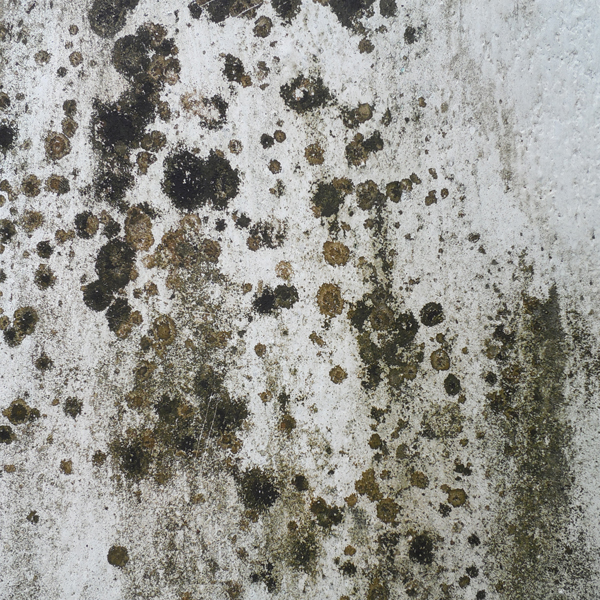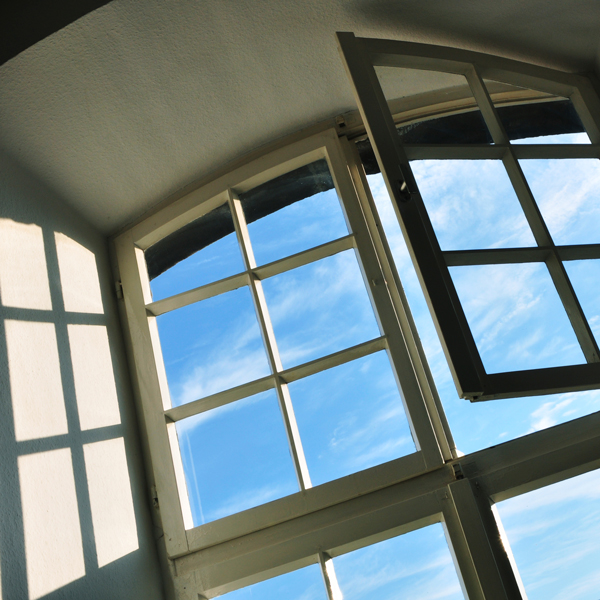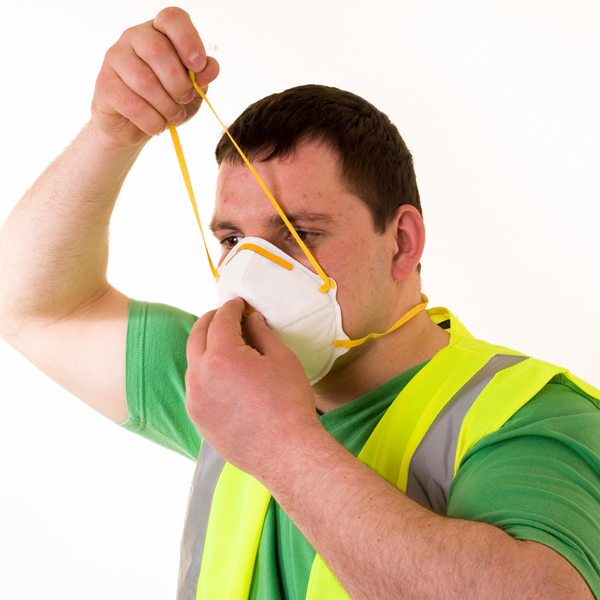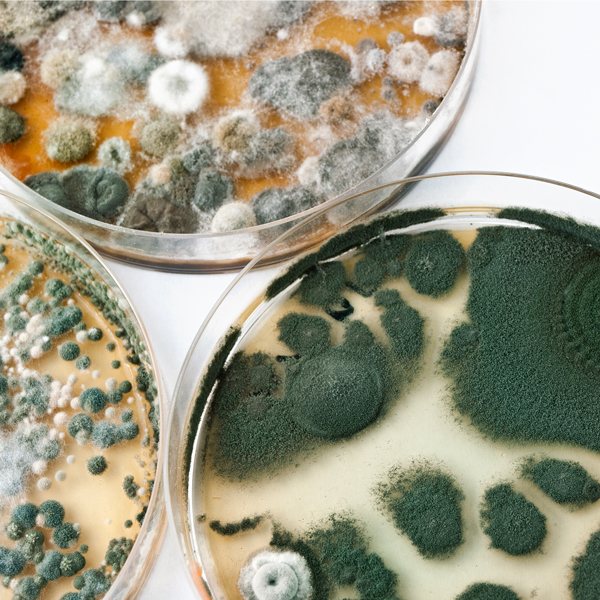Indoor Air Quality (IAQ)
Insulation is Key to Effective Indoor Air Quality Design
Insulation materials can either help defend against or contribute to indoor air-quality problems. This is particularly true of inside air-handling systems in which the insulation needs to resist moisture while ensuring that the air passing over it remains mold-, dust- and fiber-free. The same requirements also apply to insulation used over hot and cold piping systems.
Insulation’s primary purpose is thermal efficiency, but the wrong product could particulate fibers or off-gas volatile organic compounds (VOCs) into the indoor air, creating poor indoor breathing conditions. Other insulation materials can absorb moisture and condensation into the insulation, supporting the growth of mold and mildew. Any of these problems will significantly degrade the indoor environment.
The Right Insulation for IAQ
Armacell’s closed-cell elastomeric foam insulation products are fiber-free, non-particulating, and have low VOCs. They also will not wick or absorb moisture. For added resistance to the growth of mold, the entire AP-branded product line is made with antimicrobial protection. Most of the insulation products are third-party GREENGUARD Gold certified, the standard designed to define low-emitting materials suitable for environments where people -- particularly children and sensitive adults -- spend extended periods of time.
Moisture from condensation is a problem in any cold-piping or air-handling system. It can lead to system failure, callbacks, energy waste, mold problems and building closings. Only a closed-cell material like AP Armaflex elastomeric foam is specifically designed to prevent these problems.
Armacell closed-cell insulation advantages:
Fiber-free, dust-free, non-particulating
Formaldehyde-free, low VOCs, no off-gassing
GREENGUARD Gold Certified
Prevents moisture intrusion
Smooth surface is easy to clean and maintain
Inhibits mold and mildew
Made with antimicrobial technology
Energy-Efficient Insulation Without the Risk of Fibers
Maintaining a fiber-free, particle-free air stream is an especially important clean-air strategy for healthcare facilities. In fact, the American Institute of Architects currently specifies that fibrous-glass duct liner not be used in certain healthcare HVAC systems.
IAQ Considerations with Insulation
Insulation should be non-particulating so it doesn’t become irritating for building occupants over the long term.
Like many interior building products and finishes, insulation should be low-emitting, with low VOCs and negligible off-gassing.
It should be easy to clean, especially if used as duct liner, and relatively dust-free and dirt-free.
The material should resist moisture and control condensation
Insulation material should not provide food to support mold growth (like open cell materials, cellulose or even kraft paper barriers)
Hospitals and Schools Replace Insulation with AP Armaflex, AP Coilflex and AP Spiralflex
An increasing number of hospitals, schools and universities seeking better IAQ have decided to replace existing open cell insulation with Armacell’s elastomeric foam, not only for its mold-resistant properties, but also for its fiber-free, non-particulating construction. A healthier IAQ is good for occupants as well as building owners.
The Causes and Consequences of Moisture Intrusion
Moisture can intrude a chilled-water system in several ways:
If the system is under-insulated, water vapor may condense on the pipe surface when the temperature falls below the dew point, or point of saturation.
Improper sealing can expose insulation and mechanical ductwork to moisture
If open-cell insulation’s vapor retarder is punctured or torn, it will allow moisture to penetrate and wick throughout the entire system.
The primary consequence of moisture intrusion, in addition to loss of thermal performance and wasted energy, is that the insulation and the pipes or ducts can become breeding grounds for mold spores. Mold can grow unseen behind walls and in plenums due to wet pipes or wet insulation. Mold spores spread easily, especially in air-handling systems. Mold contamination has caused school and building closings throughout the U.S. and costly litigation for many in the construction industry. Armacell’s closed-cell elastomeric foam insulation is engineered to control condensation and prevent moisture damage that can lead to mold.



